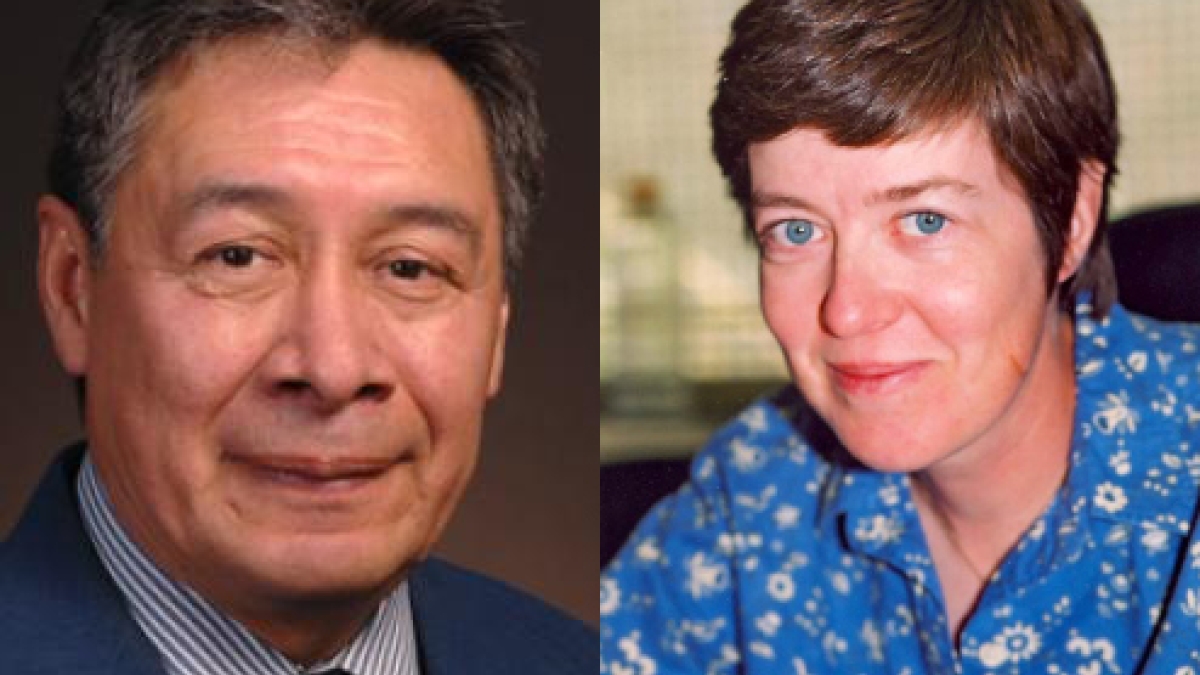ASU anthropologist, historian help reconstruct soldier's identity

Fort William Henry – immortalized in James Fenimore Cooper’s "The Last of the Mohicans" – had a short but bloody history. Following an infamous massacre and its abandonment during the French and Indian War, the Lake George, N.Y., fort became home to many unidentified human remains.
A recent episode of "The Decrypters," a National Geographic Channel television series, was dedicated to investigating the identity of one of these unknown soldiers. The “go-to” person for deciding where to begin was ASU anthropologist Brenda J. Baker, who directed an excavation at the fort in 1995. That venture yielded several skeletons from the fort’s cemetery, including one that Baker found especially noteworthy.
“The National Geographic Channel ultimately wanted to do a facial reconstruction, and I suggested Burial 14,” said Baker, an associate professor in the School of Human Evolution and Social Change, in the College of Liberal Arts and Sciences. “This man has a very interesting face due to healed injuries and the fact that he does not look European.”
Based on morphology, Burial 14 appeared to be Native American – seemingly unusual for a man buried in a British uniform during an era when the British were fighting the Native Americans and French.
Although his skeletal remains bear evidence of a violent life, including healed fractures in his right cheek and arm, there is no indication of how he died. That left the National Geographic Channel crew with two questions: who was Burial 14, and how did he die?
Baker’s on-camera interview for the show was held at Fort William Henry, where she explained that the bodies were laid out in rows, some displaying trauma consistent with warfare, and that scraps of cloth and old buttons of uniforms were recovered from the gravesites, all indicating that the men were soldiers.
A team of forensic specialists, led by Texas State University forensic anthropologist Michelle Hamilton, uncovered clues to the soldier’s life and death through a CT-scan, cranial measurements, DNA testing from the teeth root and carbon and nitrogen isotope analyses.
The forensic team’s findings were remarkable. Genetically, Burial 14 is Native American, but he is not from the surrounding Northeastern Region. Isotope testing of his teeth showed that he was born and raised about 2,000 miles west and was most likely of a Plains tribe.
ASU Distinguished Foundation Professor of History Donald Fixico, who also appears in the episode, titled “The Last Mohican?,” said, “For this Native person to be buried in a British cemetery is really unusual. ... There were over 30 tribal nations that fought for the French ... maybe about one-third that many for the British.”
He said that it is important to realize that there were many existing rivalries among Native peoples and that while the British and French courted them to their sides, the Native peoples also strategized their alliances with the invading armies.
Fixico suspects that because Burial 14 was from so far away, he was of exceptional worth. “If he were talking to, for example, the British military commander, he could tell him what the local Native people were thinking,” Fixico said. “He could also tell accounts of where he traveled from and what he ran into. ... He was kind of a walking encyclopedia of the interior and even further than that west. He would be a very valuable person to anyone at that time.”
With the talents of a forensic artist and a graphic artist, the reconstructed face of Burial 14 emerges at the end of the program. The cause of death is determined to be smallpox, a conclusion that Baker does not necessarily share but admits is a possibility.
“A number of other infectious conditions – such as tuberculosis, pneumonia, dysentery – could just as easily have felled him,” she said, noting that historical accounts show the fort was rife with disease and unsanitary conditions. Baker also noted that the man could have died as the result of a soft tissue wound that did not leave behind skeletal evidence.
Though some mysteries, like his name, remain for Burial 14, his identity as a Native American man who was esteemed by his British allies has been restored.